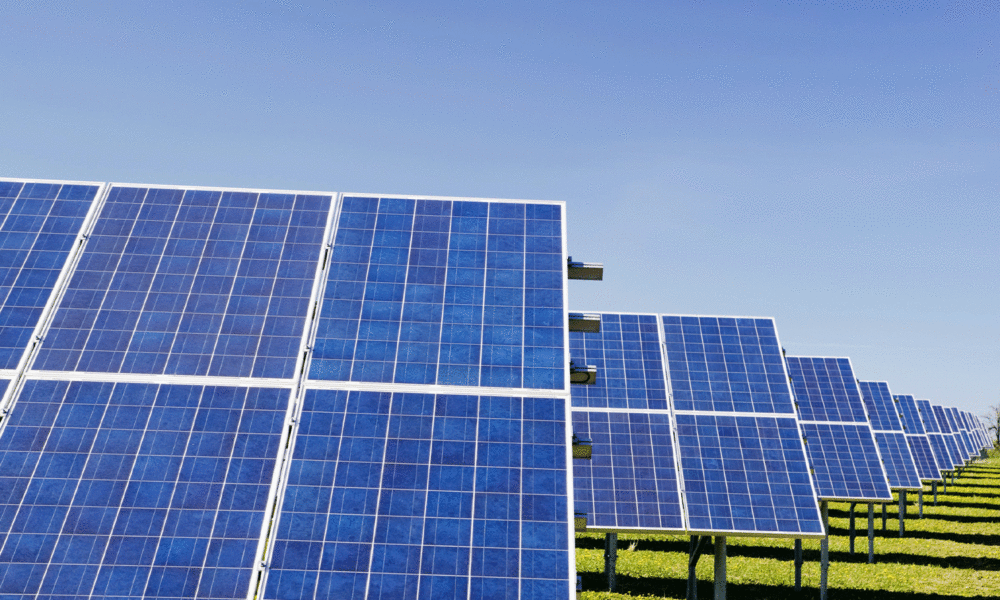It’s time for the annual tradition of Governors giving their state of the state addresses. Michigan Governor Gretchen Whitmer will give hers today. Illinois Governor J.B. Pritzker will address the state on February 17, and while Minnesota Governor Tim Walz has yet to schedule his, it’s likely to occur in late February.
2020 was a tumultuous year with state leaders focusing their energies and time on the coronavirus pandemic, confronting systemic racism, and other pressing problems. Yet, as my colleague Jessica Collingsworth recently pointed out, progress was still made on clean energy in the Midwest.
Here are some things to look for in the 2021 governors’ state of the state speeches, as well as key clean energy developments generally in Michigan, Illinois, and Minnesota.
Michigan
In September, Governor Whitmer announced a broad set of actions called the MI Healthy Climate Plan, the centerpiece of which focuses on Michigan achieving economy-wide carbon neutrality by 2050. The plan includes an interim goal of reducing statewide greenhouse gas emissions to 28 percent below 2005 levels by 2025.
The Governor also created a state Council on Climate Solutions to serve as an advisory body within the Michigan Department of Environment, Great Lakes, and Energy (EGLE). The key charge to the Council is to advise EGLE on creating an action plan to implement the MI Healthy Climate Plan. Look for an announcement by Governor Whitmer on appointments to the Council and how its work will unfold leading up to EGLE’s implementation plan, a draft of which is due on September 1, 2021.
The electricity sector is key to Michigan being able to not only meet the overall 2050 carbon neutrality goal, but also the 2025 interim goal. As part of its ongoing MI Power Grid initiative, the Michigan Public Service Commission is currently considering how to integrate the goals into utilities’ integrated resource planning (IRP). Consumers Energy is working on its plan, which is due in June 2021, and UCS and other stakeholders recently submitted comments to the Commission on how Consumers and other utilities should incorporate the state’s carbon reduction goals into their planning.
Illinois
In August, Governor Pritzker restarted discussions on comprehensive clean energy legislation which focused on the Governor’s Eight Principles for a Clean and Renewable Illinois Economy. The principles include strengthening utility transparency and ethics and making Illinois a renewable energy leader while phasing out fossil fuels.
Also, last month the Illinois Power Agency announced that a key solar program known as the Adjustable Block Program (ABP) closed due to lack of funds. This ended the rebate offered to new solar customers created by the Illinois Future Energy Jobs Act (FEJA), threatening to slow down the rate of new customers being interested in solar and putting Illinois solar jobs at risk. While there was a push for a small legislative fix in the recent lame duck session, it unfortunately did not move forward.
With a new General Assembly session kicking off earlier this month, along with a new Speaker of the House, it’s imperative to pass the Clean Energy Jobs Act (CEJA) this spring. CEJA includes accountability measures for utilities, puts Illinois on a path to 100 percent clean energy, and will restore and expand the ABP and other clean energy incentives.
Minnesota
In Minnesota, Governor Walz announced a plan last week to achieve 100 percent carbon-free electricity by 2040, including an expansion of energy efficiency programs and prioritizing clean energy over fossil fuels. House Representative Jamie Long has also introduced 100 percent carbon-free energy legislation that includes renewable energy targets and environmental justice language. The House Climate and Energy Committee held a hearing on Jan. 21 to take testimony on the bill, including from UCS and my colleague Meghan Hassett, and will continue with another hearing next week.
Other versions of recent clean energy legislative proposals are also pending, including the Energy Conservation and Optimization Act and bills known as Clean Energy First, in line with Governor Walz’s plans. As the Governor and key leaders such as Rep. Long work to build consensus on establishing long-term clean energy goals in the state, there is immediate opportunity to make progress in the state as well.
Governor Walz recently received a report from his Climate Change Subcabinet, along with the latest inventory of Minnesota’s greenhouse gas emissions, both showing that Minnesota failed to meet its 2015 reduction goal and that the state is not currently on track to meet future goals. As large emission sectors, continued progress in both the electricity and transportation sectors are required.
Fortunately, both Xcel Energy and Minnesota Power have plans to phase out coal-fired power plants, but the role of new natural gas plants in the utilities’ integrated resource plans is at odds with the companies’ long-term goals. Meanwhile, the Minnesota Pollution Control Agency is moving forward with its clean car standards proposal with informational sessions and hearings scheduled in January and February.
Regional efforts to enable clean energy progress
Governors Whitmer, Pritzker, and Walz have ambitious and necessary climate and clean energy goals for their states. Our electric grid, however, is a broad, regional interconnected system which the Midcontinent Independent System Operator (MISO) manages in all or significant parts of Michigan, Illinois, and Minnesota. Urgent action is needed by MISO and other grid operators to identify and begin transmission system upgrades to allow the large amounts of wind and solar power we need in order to meet state goals.
State governors are key voices in urging MISO forward and in supporting important initiatives such as MISO’s recently launched Long Term Transmission Planning effort. Under Governor Walz’s leadership, the Midwestern Governors Association has previously urged MISO and other grid operators to improve their long-term planning processes. More advocacy like this is needed to support and encourage a regional grid system to meet state and utility clean energy goals.
Together, through state policy advancement and regional collaboration, let’s keep moving forward in 2021 toward a healthy, affordable, and reliable clean energy future.

